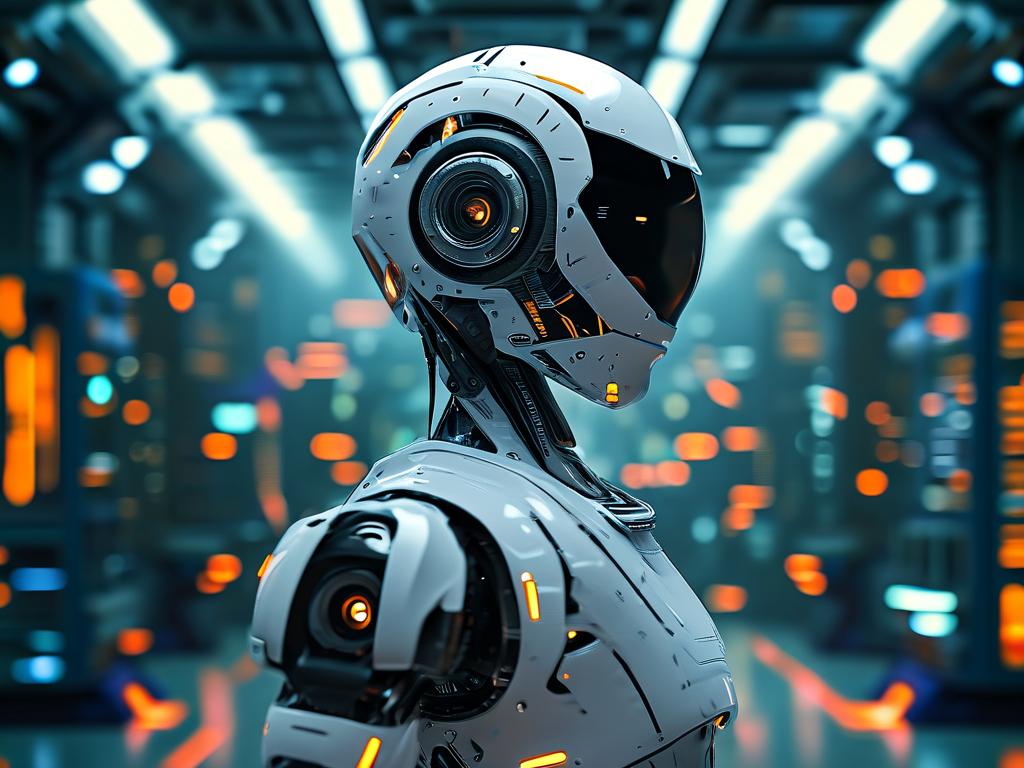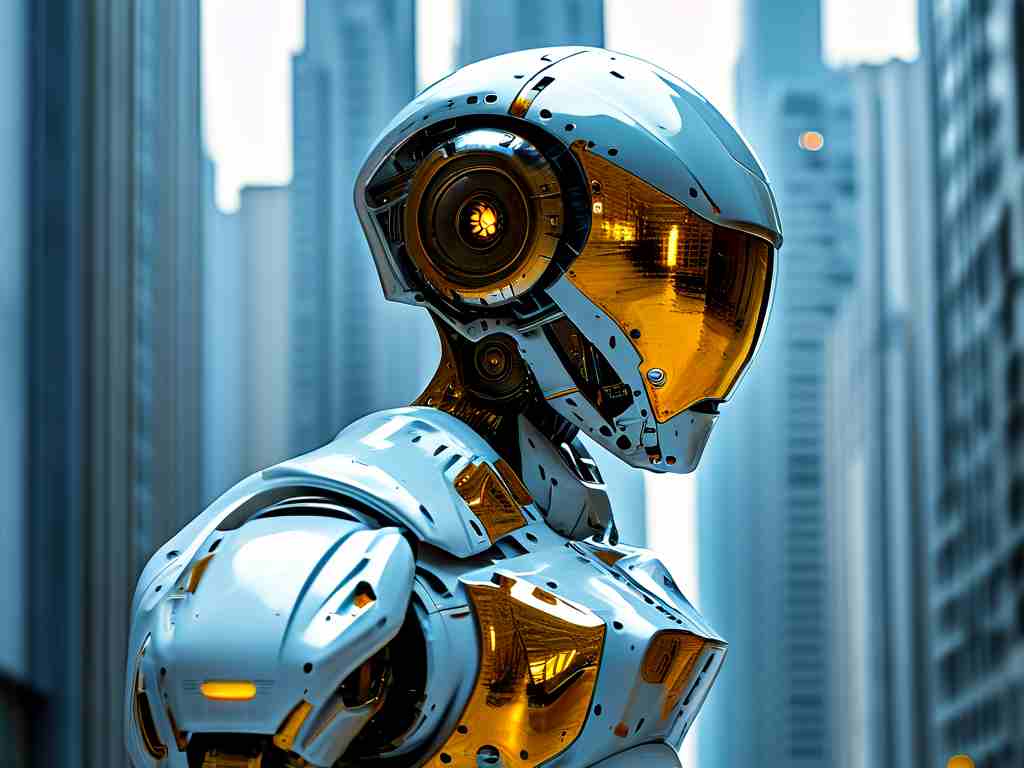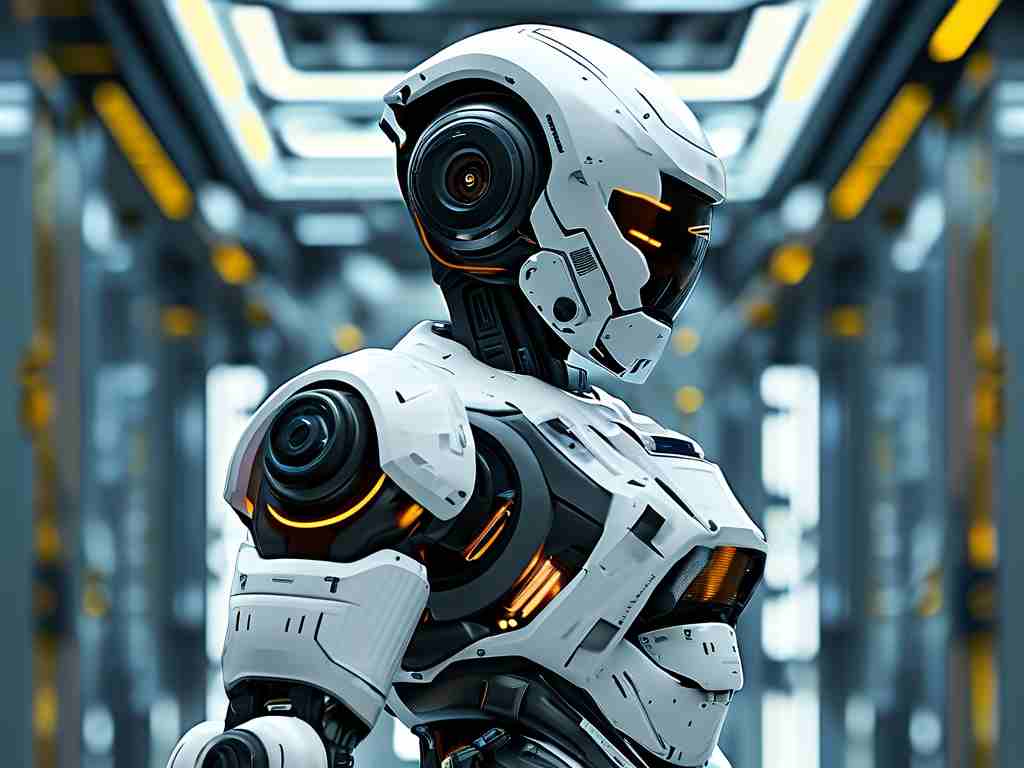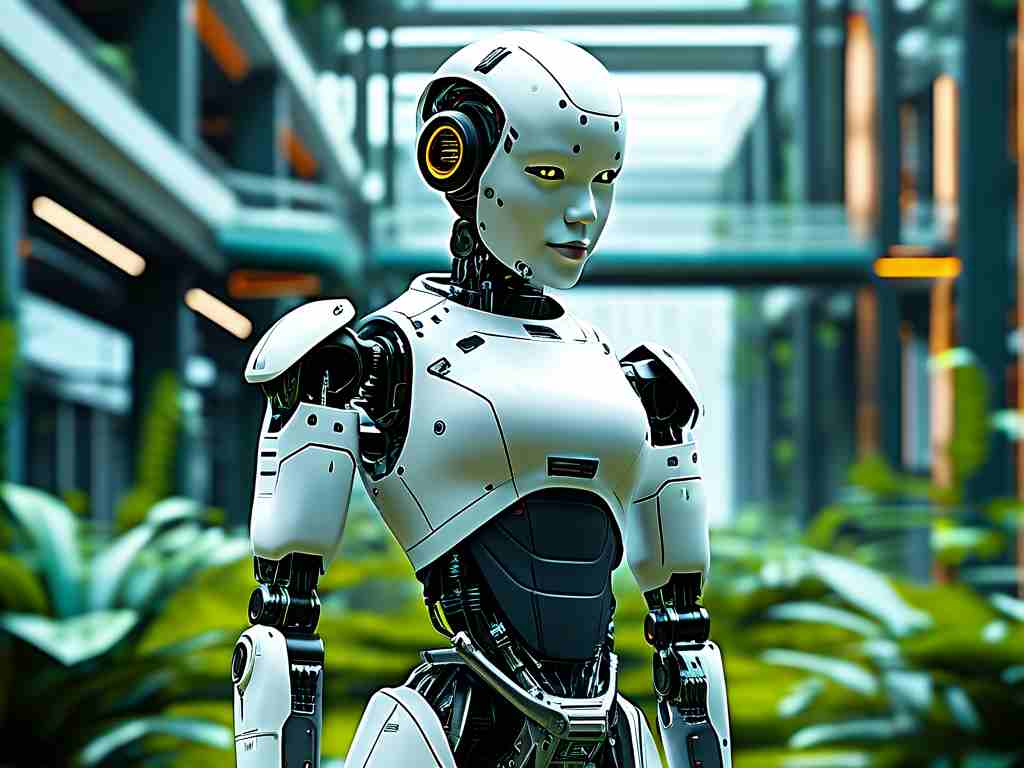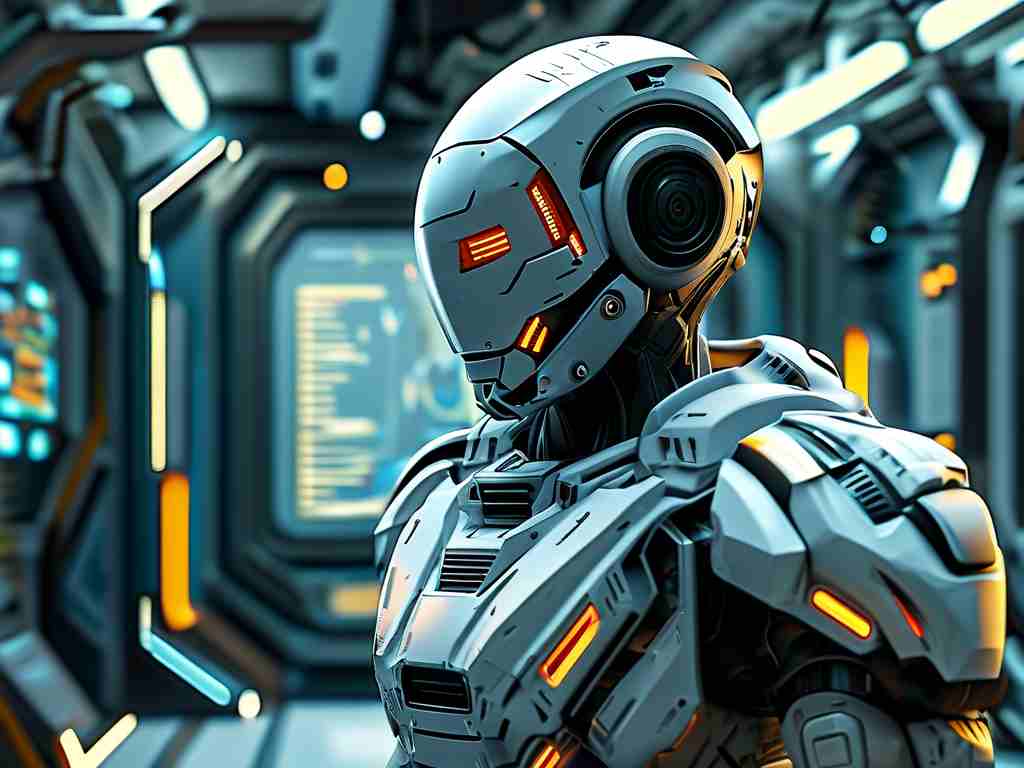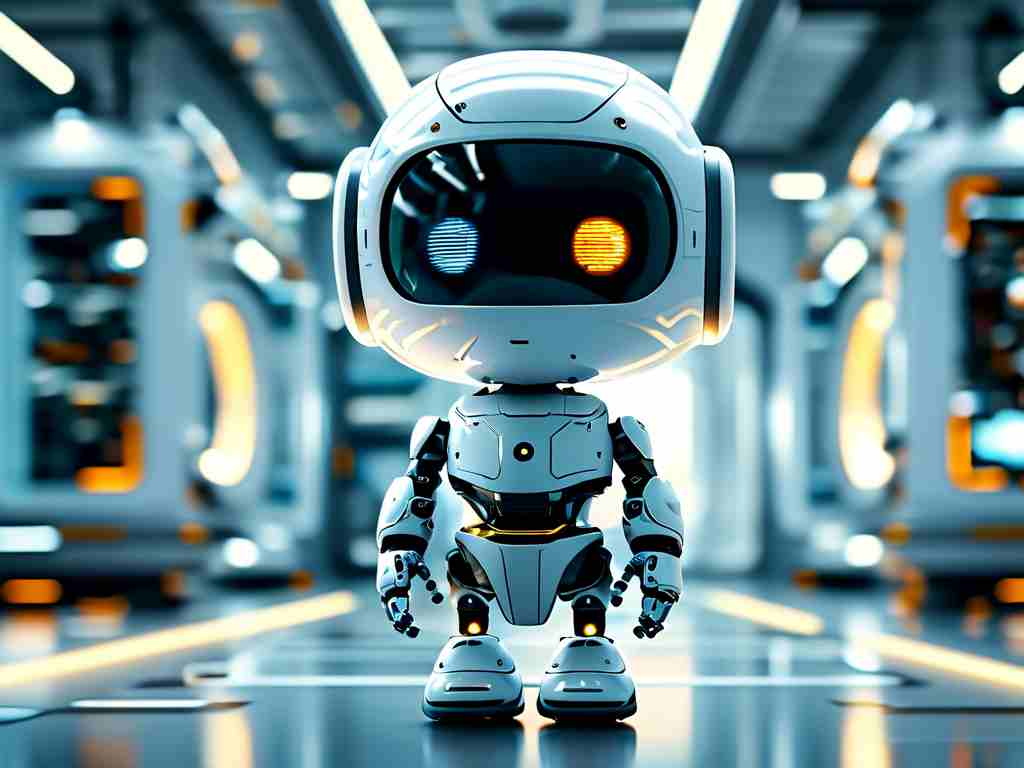As the robotics industry continues to evolve, Pudo Robotics has emerged as a notable player, offering advanced automation solutions tailored for logistics, healthcare, and hospitality sectors. Understanding the technical specifications of their robots provides insights into their operational efficiency and adaptability. This article delves into the core technical parameters of Pudo Robotics’ flagship models, highlighting their engineering prowess and real-world applicability.
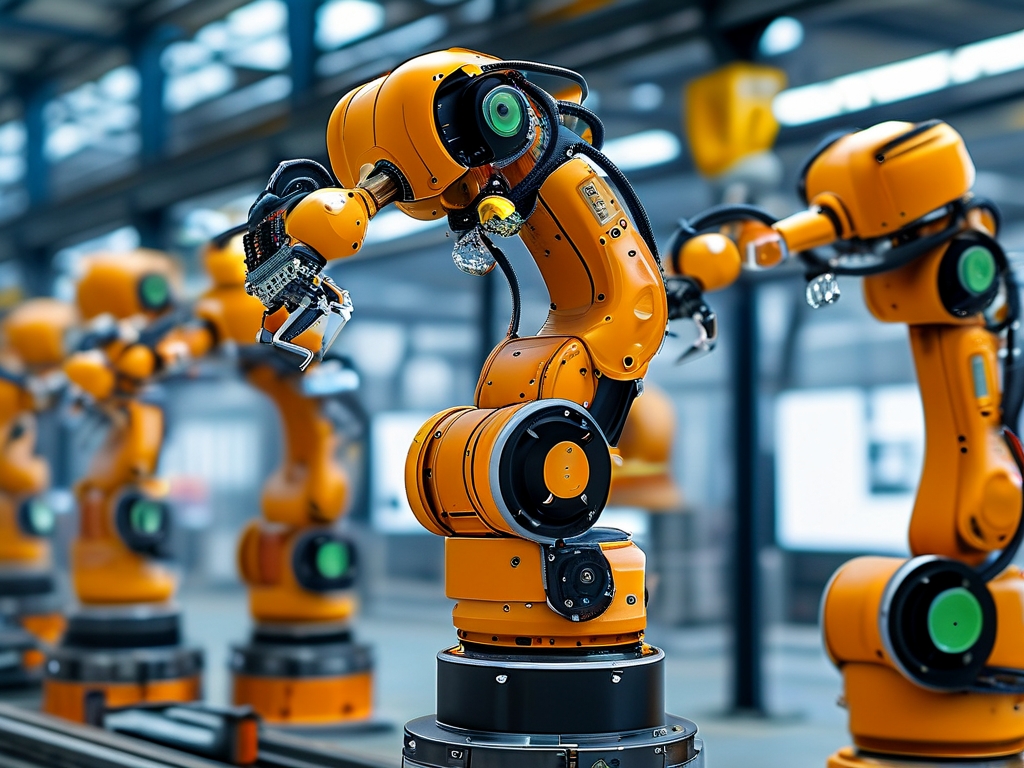
1. Mobility and Navigation Systems
Pudo Robotics integrates cutting-edge navigation technologies to ensure seamless movement in dynamic environments. Their robots utilize a combination of LiDAR (Light Detection and Ranging) and 3D vision sensors to map surroundings with millimeter-level accuracy. For instance, the Pudo-DeliverBot Pro model boasts a 360-degree perception range, enabling it to detect obstacles as small as 5 cm in height from up to 8 meters away. This system is complemented by SLAM (Simultaneous Localization and Mapping) algorithms, which allow the robot to update its path in real time while maintaining speeds of up to 1.8 m/s—ideal for crowded warehouses or hospital corridors.
2. Payload Capacity and Battery Performance
Payload capacity is a critical factor for robots deployed in logistics and delivery. Pudo’s CarryBot Series supports a maximum load of 50 kg, making it suitable for transporting heavy medical equipment or bulk packages. The robots are powered by high-density lithium-ion batteries that provide 12–14 hours of continuous operation on a single charge. A unique feature is their fast-swappable battery design, which reduces downtime to under 2 minutes—a significant advantage in 24/7 operational settings like e-commerce fulfillment centers.
3. Human-Robot Interaction Features
To enhance usability, Pudo robots are equipped with multi-modal interaction interfaces. The TouchBot Healthcare Assistant, for example, includes a 10-inch HD touchscreen, voice command recognition in 6 languages, and gesture-based controls. These features are backed by NVIDIA Jetson edge AI processors, enabling real-time responses to user queries or environmental changes. Additionally, the robots’ collision avoidance system uses pressure-sensitive bumpers and infrared sensors to halt movement instantly when unexpected contact occurs, ensuring safety in shared workspaces.
4. Software and Connectivity
Pudo’s proprietary ROS-based operating system allows seamless integration with existing enterprise software, such as warehouse management systems (WMS) or hospital EHR platforms. Over-the-air (OTA) updates ensure that all robots in a fleet stay synchronized with the latest firmware. For developers, the company provides an open API framework, enabling customization of workflows. A case study from a Singaporean hospital revealed that integrating Pudo’s API reduced medication delivery errors by 34% through automated route optimization.
5. Environmental Adaptability
Unlike many robots limited to flat surfaces, Pudo’s All-Terrain Delivery Unit can navigate slopes up to 15 degrees and operate in temperatures ranging from -10°C to 45°C. This is achieved through IP67-rated waterproofing and heated component housings, making the robots viable for outdoor logistics in extreme climates. Field tests in a Nordic winter logistics hub demonstrated 98.6% operational reliability despite heavy snow and ice.
6. Security and Compliance
Data security is prioritized via 256-bit AES encryption for all communication channels, alongside GDPR-compliant data anonymization protocols. Physical security features include RFID-based access control and biometric authentication for maintenance panels. Regulatory certifications, such as ISO 13482 (Safety for Service Robots) and CE markings, further validate their adherence to global standards.
In , Pudo Robotics’ technical specifications reflect a balance of power, precision, and adaptability. By focusing on real-world challenges—from battery efficiency to human-centric design—their solutions are poised to redefine automation across industries. As the company invests in R&D, future iterations may incorporate quantum-resistant encryption or swarm intelligence, solidifying their position at the forefront of robotic innovation.


